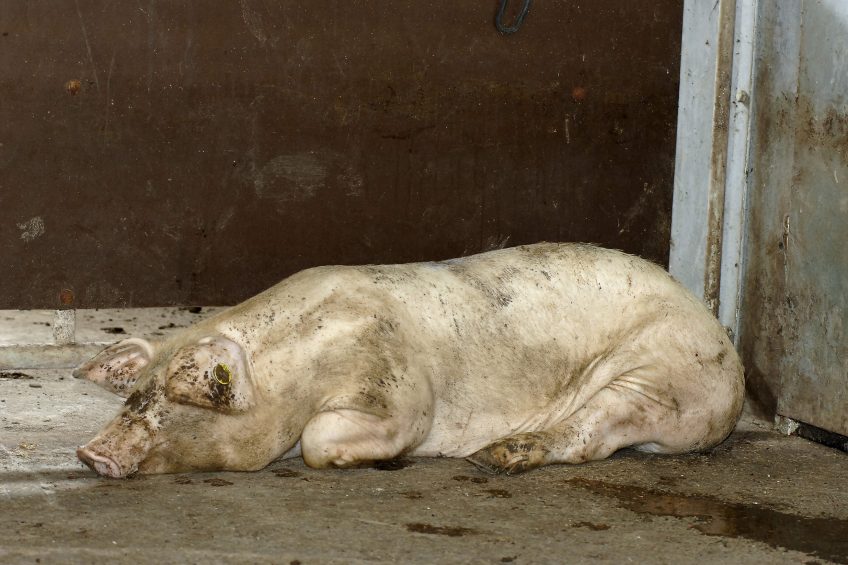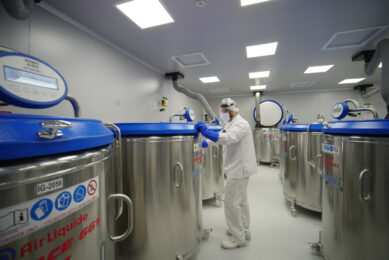Stockpeople can benefit from protocols for pig euthanasia

Pig euthanasia is not an easy process and both the decision-making process as well as the act itself can adversely affect stockpeople. Implementing practical and humane protocols can help.
This was the key message of a recent publication by Australian researchers in the Journal of Animal Science.
Deciding on and conducting pig euthanasia
The researchers wrote that, however much euthanasia is a necessary act for any facility keeping live animals, the crucial role and responsibility of the stockperson in deciding and conducting on-farm euthanasia has been overlooked.

Find out all there is to know about pig health using Pig Progress’ unique Pig Health Tool
Stockperson characteristics and knowledge that lead to appropriate decision-making and the skills to competently perform the procedure remain to be identified, the researchers wrote.
They wrote, “An important component of the stockperson’s characteristics that predict behaviour is the stockperson’s attitudes. This preliminary study investigated the factors that influence stockperson attitudes toward the practice of on-farm euthanasia in the pork industry.”
Questionnaire for 120 stockpeople
The article described how 120 stockpeople from 10 Australian pig farms (ranging in size from 50 to 4,754 sows and from 2 to 32 employees) completed a questionnaire based on focus group input to assess their attitudes toward euthanasia and decision processes.
Factors identified included stockperson attitudes and attributes (empathy affect, empathy attribution, feeling bad about euthanising, and negative attitudes to pigs), beliefs about the working environment (perceived time constraints and relying on others), and factors related to decision-making (comfortable with euthanasia, trouble deciding and avoid if possible, confidence, insufficient knowledge, seeking knowledge, and using sources to get advice).
Feeling bad about pig euthanising
The researchers wrote that they found numerous significant correlations between these variables. “Furthermore, regression analyses showed confidence as the only significant predictor of being comfortable with euthanasia (12.5% of the variance); insufficient knowledge and empathy attribution both as predictors of trouble deciding and avoid if possible (15.1% of the variance); and empathy affect, insufficient knowledge, and perceived time constraints as predictors of feeling bad about euthanising (23.2% of the variance).”
They continued writing that “stockpeople reported seeking more knowledge if they had not euthanised an animal before working with pigs, and women reported greater difficulty than men in conducting euthanasia.”
Need for pig euthanasia protocols
The findings indicate that euthanasia, which comprises both a decision-making process and the act itself, can adversely affect stockpeople. The researchers concluded that “this preliminary study offers insights for implementation of successful practical and humane pig euthanasia protocols on farm. This will benefit stockperson well-being and animal well-being alike.”
The article was written by J.-L. Rault and G. Coleman, attached to the University of Melbourne, Australia; and by T. Holyoake of Holyoake Veterinary Consulting, Strathfieldsaye, Victoria, Australia.











